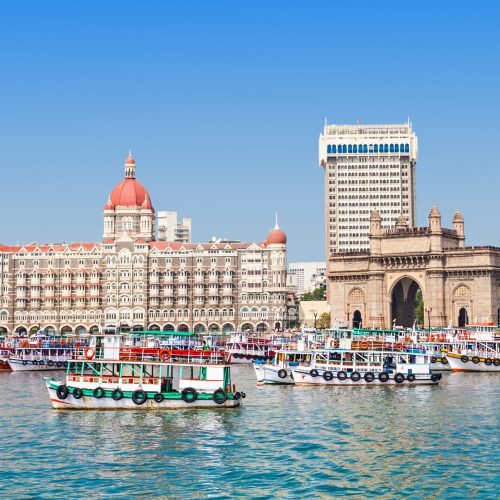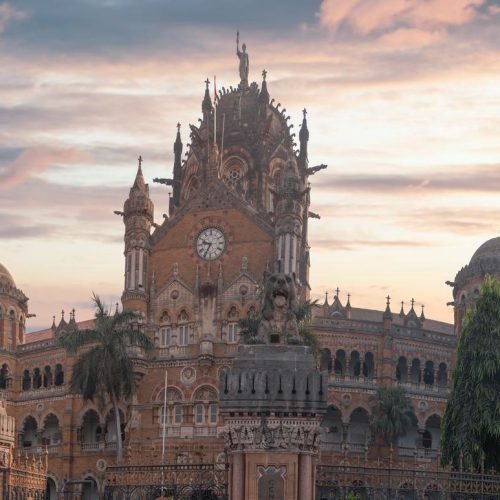This is the most frequently asked question from the trekkers. They all want to know how safe is Tarsar Trek is. It is an easy to moderate trek with the total distance of 50 km around, and the highest Tarsar altitude of the trek is around 4000 m.
Here are some of the important points related to the safety of the trek.
The Terrain: The terrain of the trek is easy to moderate. It starts with half an hour ascending, then goes into the jungle for the next 5 km around, and then a meadow walk. The walk is easy, and the trail follows small ups and downs.The trek has a boulder section just around your Shekiwas campsite. The day you will trek to Tarsar Lake, you will have to cover the boulder section. Boulder section comes on your next day as well, as you move from Tarsar to Sundersar Lake. There are river crossings as well. A couple of log bridges are placed over water streams. The most difficult ascend in the entire trek is the Tarsar Ridge. This you will be ascending in the morning as you move from Tarsar camp. The ridge is around 150m in height and is sharp. It equally has a sharp descent on the other side. The first and the last day of the trek long. However, keeping all these things into consideration, Tarsar Marsar Trek is not a difficult trek. Most of the trekkers make it quite easy. The gradient for the trek is Easy to Moderate. The landscape of this trek is so beautiful that at times you will forget and enjoy the challenges this trek throws at you.
Altitude Gain: The highest altitude point of the trek is around 4000m which you will reach while ascending the Marsar Ridge. The total altitude gain of the trek is around 1600m. However, you will not be gaining this height in one day. You will be ascending Marsar Ridge on the 5th day of the trek. By this time your body is well acclimatized to the altitude. In case you feel nausea or any altitude sickness-related symptoms, you need to speak to your trek leader.
The Weather: The weather remains sunny during the summer season. However, there are chances of seeing snow on the ground if you do this trek in June. There is some snow traverse this month. During the summer months, the weather is pleasant, sun is out and nights are pleasant. August is the warmest month for this trek. As you are mountains, the weather remains unpredictable though. You never know when it rains in the mountains. During rainy days, the trek becomes a bit tricky as the trail gets muddy and slippery. You need to be extra careful mostly when you cross the boulder section and ascend the Tarsar Ridge. our expert trek leaders will be accompanying you all along and will assist you in such situations. You need to strictly follow the instructions that they provide you.
Exit Points: In case you are feeling sick and feel you won’t be able to finish the trek, the best expert advice is to exit the trek. This trek has easy evacuation exits. The nearest you can get is to the base camp Aru. You will be at the base camp and then to the nearest hospital within a day. The nearest hospital is at Sonamarg. From the base camp Aru, you can easily get a cab to Pahalgam which is around 12km from there.















